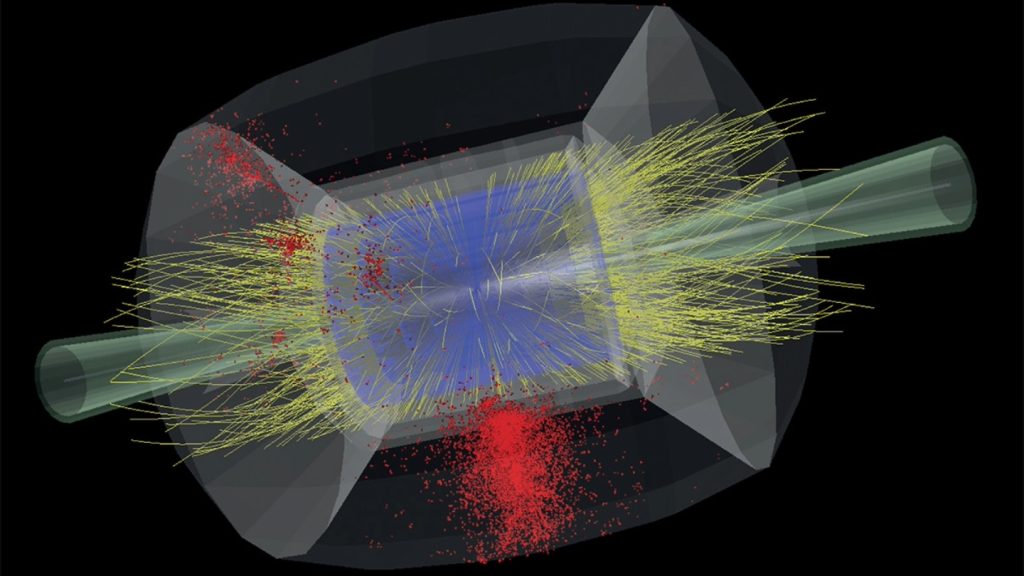Scientists are making progress in accelerating muons, which are heavy particles and cousins of electrons, for future particle physics experiments. The first step involves slowing down muons using a cooling process, followed by reaccelerating them in the same direction. This method was demonstrated in 2020, paving the way for potential breakthroughs in physics experiments that rely on muons.
In a recent experiment at the Japan Proton Accelerator Research Complex (J-PARC), scientists successfully accelerated muons to about 4 percent of the speed of light, reaching speeds of approximately 12,000 kilometers per second. The muons were slowed down by passing through an aerogel, which created a new entity called muonium. A laser then stripped away the electrons, resulting in cooled muons that were subsequently accelerated by electromagnetic fields.
Muon colliders have the potential to produce higher energy collisions compared to proton collisions, as protons are made up of quarks that divide the energy between them. Muons, on the other hand, do not consist of smaller particles, making them more efficient for generating high-energy collisions. Unlike electrons that lose energy while circling an accelerator, muons are less affected by this issue due to their larger mass.
Apart from their applications in colliders, muon beams are valuable for experiments involving the measurement of magnetic properties. Understanding the magnetic properties of muons has been a challenge for physicists, and muon experiments can provide insights into this area of research. Overall, accelerating and utilizing muons opens up new possibilities for a range of scientific experiments and investigations in the field of particle physics.


